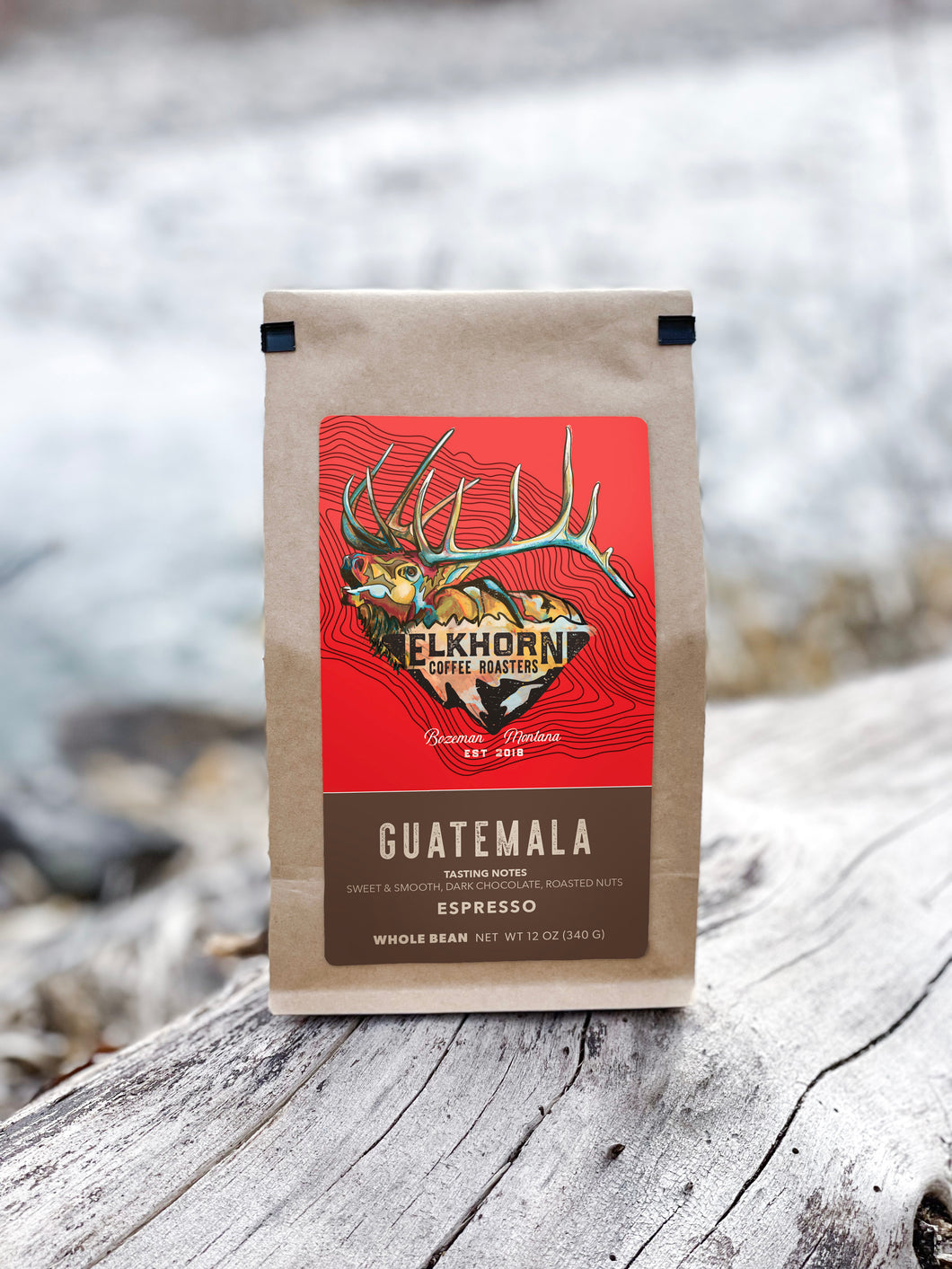What Makes SOE Single Origin Espresso Different from Mixed Roasts
What Makes SOE Single Origin Espresso Different from Mixed Roasts
Blog Article
Discovering the Abundant Flavors of Coffee Beans: a Deep Dive Into Espresso and Blended Coffee Beans
When you explore the rich tastes of coffee beans, you discover an intricate globe where each variety brings its own personality to your mug. As you navigate through the art of espresso and the imagination behind mixed coffees, you'll begin to appreciate the subtleties that make each sip unique.
The Origins of Coffee Beans: Exploring Terroir and Flavor Profiles
When you take a sip of coffee, you're not just delighting in a drink; you're experiencing a rich tapestry of flavors shaped by the beans' beginnings. Each area creates distinct taste accounts affected by environment, soil, and elevation. Beans from Ethiopia usually rupture with intense, fruity notes, while those from Colombia tend to use a well balanced, nutty sweetness.
As you check out various origins, you'll discover how terroir-- the environmental aspects influencing a plant-- plays a crucial role - Single Origin Espresso. The very same coffee range can taste dramatically various depending upon where it's expanded
When you take into consideration these elements, you start to value the intricacy behind your cup. Each sip tells a story of the land and the farmers that supported the beans. So, following time you indulge, think of the trip your coffee took prior to it reached your hands, and savor those elaborate tastes that mirror its beginning.
Comprehending Coffee: The Art and Science Behind the Brew
When you consider espresso, it's not nearly the strong taste; it's also regarding the methods that bring it to life. Understanding just how different preparation techniques influence taste can transform your developing experience. Let's check out the details of espresso preparation and uncover the unique taste accounts that make each mug special.
Espresso Preparation Techniques
Coffee prep work is both an art and a scientific research, integrating exact methods with a deep understanding of coffee. To begin, you'll intend to select top quality, newly roasted beans and grind them carefully for suitable extraction (Single Origin Espresso). The grind size is important; also coarse, and your espresso will certainly be weak, as well fine, and it'll be bitter
Following, tamp the premises uniformly in the portafilter to guarantee consistent extraction. When you lock it right into the equipment, go for a brewing temperature in between 190 ° F and 205 °
F.As you draw the shot, expect the excellent removal time-- around 25-30 seconds. The result ought to be a rich, luscious espresso with a lovely layer of crema on the top. With practice, you'll grasp these methods.
Flavor Profiles Described
The globe of espresso offers a rich tapestry of flavor profiles that can raise your coffee experience. Light roasts commonly display bright acidity and vivid flavors, while dark roasts present deeper, bolder tones.
Understanding these profiles aids you pick the appropriate espresso for your palate. Exploring with various blends can reveal shocking mixes. For example, a well-crafted blend could harmonize the brilliant notes of an Ethiopian bean with the abundant, chocolatey touches of a Brazilian bean. Accept the journey of uncovering coffee's diverse flavors, and you'll transform your coffee routine right into an interesting journey.
Handling Approaches: How They Influence Flavor and Aroma
While it may seem that the origin of coffee beans is the most substantial consider identifying their flavor and fragrance, the processing approaches used post-harvest play a just as important function. You'll find that these approaches can dramatically change the final preference profile of your cup.
As an example, the washed process eliminates the fruit from the beans before fermentation, commonly resulting in a cleaner, brighter taste. At the same time, the all-natural process leaves the fruit undamaged throughout drying out, resulting in a sweeter, fruitier profile.
Various other techniques, like honey processing, strike a balance, allowing some fruit mucilage to continue to be, supplying a special intricacy.
Each processing strategy communicates with the beans' integral qualities, boosting or muting certain flavors and scents. So, when you drink that espresso or mixed coffee, keep in mind that the journey from cherry to mug is affected not just by beginning yet also by exactly how those beans were refined.
Toasting Techniques: Unlocking the Complete Potential of Coffee Beans
Roasting methods are important for exposing the complete possibility of coffee beans, as they transform raw, eco-friendly beans right into the fragrant, flavorful coffee you delight in. The option of toasting approach-- light, tool, or dark-- drastically affects taste accounts. Light roasts maintain the beans' natural acidity and fruity notes, while tool roasts balance sweetness and richness. Dark roasts, on the other hand, highlight vibrant, great smoky tastes.
You can try out toasting temperature levels and times to locate your excellent mixture. A slower roast at reduced temperature levels permits intricate tastes to create, while a quicker roast can magnify bitterness. Focus on the cracks during roasting; the first crack indicates a light roast, while the 2nd crack signals a dark roast. By mastering these techniques, you'll disclose a globe of taste, boosting your coffee experience to brand-new heights. Delight in every sip, knowing the care that entered into your mug!
The Magic of Blended Coffee: Producing Distinct Flavor Experiences
Developing an one-of-a-kind taste experience with combined coffee can change your early morning ritual right into an exploration of preference. By integrating various beans from different regions, you can expose a symphony of tastes that elevate your mug to new elevations. Each blend deals a distinct account, balancing body, sweetness, and level of acidity to develop something absolutely special.
When you pick a blend, you're not simply choosing a coffee; you're picking a journey throughout diverse landscapes and cultures. Trying out different mixes permits you to discover your individual faves, whether you delight in fruity notes or abundant, chocolatey undertones.

Tasting Notes: Identifying the Subtleties in Your Cup
As you sip your coffee, you may observe a visit site range of flavors dancing on your palate, each disclosing the intricacies of the beans. You may taste the intense level of acidity reminiscent of citrus or the deep, abundant notes comparable to dark delicious chocolate. The sweetness might stimulate honey or sugar, stabilizing the total account wonderfully.
Take notice of the body of the coffee-- does it really feel light and airy, or is it full and velvety? The surface, also, offers clues; a remaining aftertaste might hint at nuttiness or floral touches.

Do not neglect to discover the one-of-a-kind features this link of various beginnings, as each area passes on distinctive tastes - Single Origin Espresso. Ethiopian coffees commonly existing fruity notes, while Colombian beans may showcase a more spherical sweet taste. By acknowledging these subtleties, you'll deepen your appreciation for each and every mug, raising your coffee experience to new elevations

Brewing Approaches: Making Best Use Of Taste Extraction for each Bean
When you check out the different brewing methods, you'll discover that each strategy can dramatically influence the taste account of your coffee. From French press to pour-over, each method extracts various substances, improving or muting particular notes. Using a French press permits oils to remain in the mixture, creating a richer preference, while pour-over emphasizes quality and brightness.
Temperature level and grind dimension likewise play important duties. A coarser grind functions best for cold mixtures, while a great grind is perfect for coffee. Explore water temperature level-- between 195 ° F and 205 ° F-- can expose covert tastes, too.
Don't neglect about steeping time; a fast removal can lead to sour notes, while over-extraction may generate bitterness. By changing these variables, you can make the most of taste removal and truly raise your coffee experience. Appreciate the trip of discovering what technique ideal matches your palate!
Frequently Asked Concerns
What Is the Suitable Water Temperature Level for Developing Coffee?
The excellent water temperature for brewing coffee's in between 195 ° F and 205 ° F. If you make use of water that's too hot, you'll over-extract tastes; too cold, and you will not remove enough. Go for that sweet area for the very best mixture!
Just How Does Grind Size Impact Coffee Taste?
Work dimension considerably influences coffee flavor. Finer grinds essence a lot more oils and flavors, leading to a bolder preference, while coarser grinds return a lighter flavor. Readjusting grind dimension assists you attain your desired coffee account.
Exist Wellness Advantages Related To Drinking Coffee?

What Is the Distinction In Between Arabica and Robusta Beans?
Arabica beans are smoother and sweeter, usually including fruity tastes, while robusta beans are stronger with a bitter taste and higher high levels of caffeine web content. You'll discover these differences in aroma and brewing experience.
Exactly How Can I Shop Coffee Beans for Freshness?
To keep coffee beans for freshness, maintain them in an impermeable container, away from dampness, light, and warmth. You'll keep their taste longer if you only grind what you need right before developing.
Checking Out the Abundant Flavors of Coffee Beans: a Deep Dive Into Espresso and Blended Coffee Beans.
When you discover the rich tastes go to my blog of coffee beans, you reveal an intricate world where each selection brings its very own character to your cup.When you take a sip of coffee, you're not simply enjoying a beverage; you're experiencing an abundant tapestry of tastes formed by the beans' origins.Roasting methods are important for disclosing the full possibility of coffee beans, as they transform raw, green beans into the fragrant, tasty coffee you take pleasure in.As you sip your coffee, you might notice a spectrum of tastes dancing on your taste, each revealing the ins and outs of the beans.
Report this page